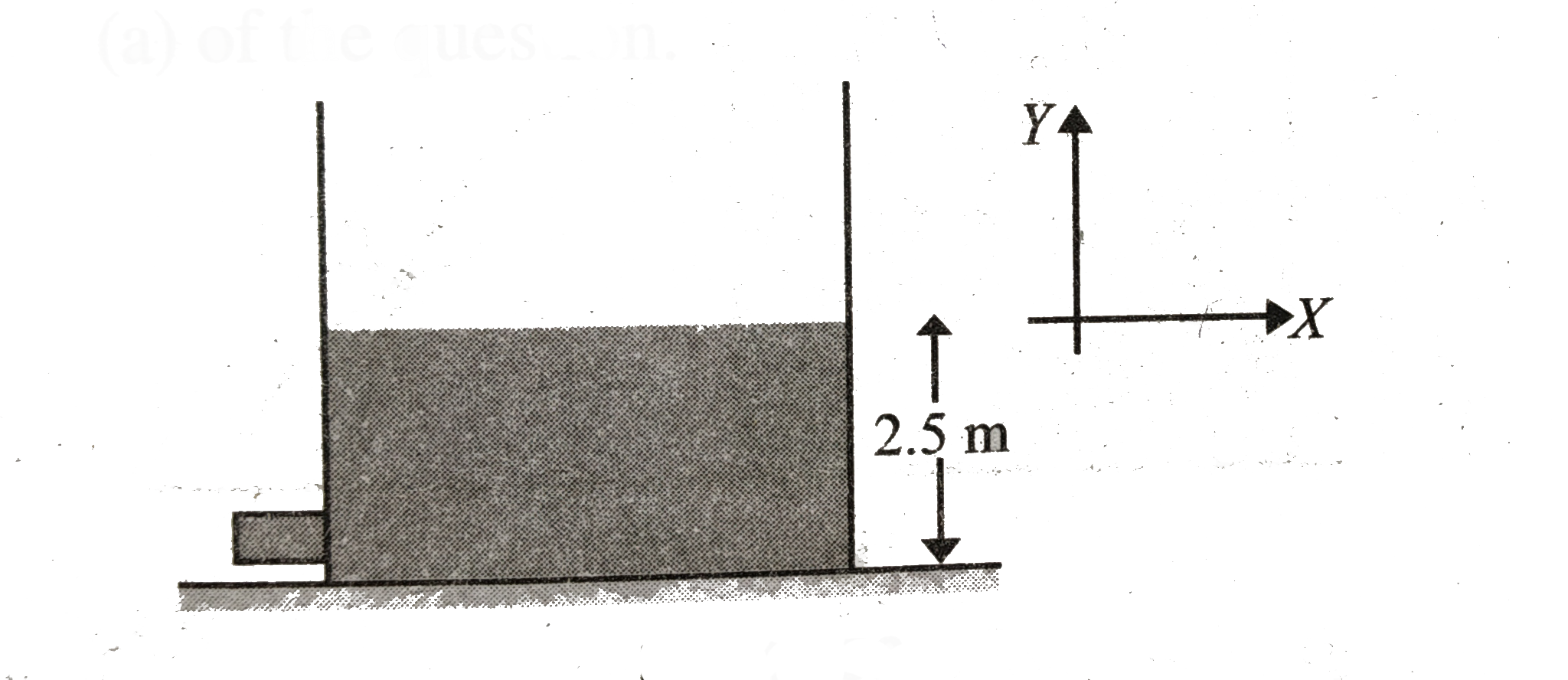In Regnault's apparatus for measuring specific beat capcity of a solied, there is an intel and an inlet and an outlet in the sterm cahmober .The intel is near the top and the outlet is near the bottom .Why is it better than the opposite choice where the inlet is near bottom and the outlet is near the top ?
To understand why the inlet of Regnault's apparatus is positioned at the top and the outlet at the bottom, we can analyze the functioning of the apparatus step by step.
1. Understanding Regnault's Apparatus:
- Regnault's apparatus is designed to measure the specific heat capacity of solids by determining the amount of heat energy required to change the temperature of the solid.
2. Role of Steam:
- In this apparatus, steam is used as the heating medium. The steam enters the chamber, where it transfers heat to the solid.
3. Inlet Position:
- The inlet is positioned at the top of the steam chamber. This allows the steam to enter the chamber from above.
4. Outlet Position:
- The outlet is located at the bottom of the chamber. This is crucial because as steam enters the chamber, it begins to condense into water due to heat transfer to the solid.
5. Condensation Process:
- When steam enters the chamber, it is in a gaseous state. As it loses heat to the solid, it condenses into liquid water. Since liquid water is denser than steam, it naturally moves downwards.
6. Why This Configuration is Better:
- If the inlet were at the bottom and the outlet at the top, the steam would enter the chamber and remain in its gaseous state because it would not have sufficient time or space to condense into liquid before exiting. This would result in inefficient heat transfer, as the steam would not effectively release its latent heat to the solid.
7. Conclusion:
- Therefore, having the inlet at the top and the outlet at the bottom ensures that steam can condense into liquid water, allowing for effective heat transfer and accurate measurement of the specific heat capacity of the solid.
- Regnault's apparatus is designed to measure the specific heat capacity of solids by determining the amount of heat energy required to change the temperature of the solid.
- In this apparatus, steam is used as the heating medium. The steam enters the chamber, where it transfers heat to the solid.
- The inlet is positioned at the top of the steam chamber. This allows the steam to enter the chamber from above.
- The outlet is located at the bottom of the chamber. This is crucial because as steam enters the chamber, it begins to condense into water due to heat transfer to the solid.
- When steam enters the chamber, it is in a gaseous state. As it loses heat to the solid, it condenses into liquid water. Since liquid water is denser than steam, it naturally moves downwards.
- If the inlet were at the bottom and the outlet at the top, the steam would enter the chamber and remain in its gaseous state because it would not have sufficient time or space to condense into liquid before exiting. This would result in inefficient heat transfer, as the steam would not effectively release its latent heat to the solid.
- Therefore, having the inlet at the top and the outlet at the bottom ensures that steam can condense into liquid water, allowing for effective heat transfer and accurate measurement of the specific heat capacity of the solid.
Topper's Solved these Questions
Similar Questions
A ladders is more likely to slip when a person is near the top than when he is near the bottom.
The friction between the ladder and floor decreases as he climbs up.
View SolutionWater is filled to a height of 2.5m in a container lying rest on a horizontal surface as shown in the figure. The bottom of the container is square shaped of side √3 and its top is open. There is a very small hole in the vertical wall of the container near the bottom. A small cap closes the hole. The hole gets opened when pressure near the bottom becomes more than 4×104 pascal
a, What minimum acceleration can be given to the container in the positive x-direction so that the cap will come out of the hole? Assume water does not spill out of container when the container accelerates.
Find the velocity of efflux as soon as the container starts moving with the acceleration calculated in part a. of the question.

View Solution
